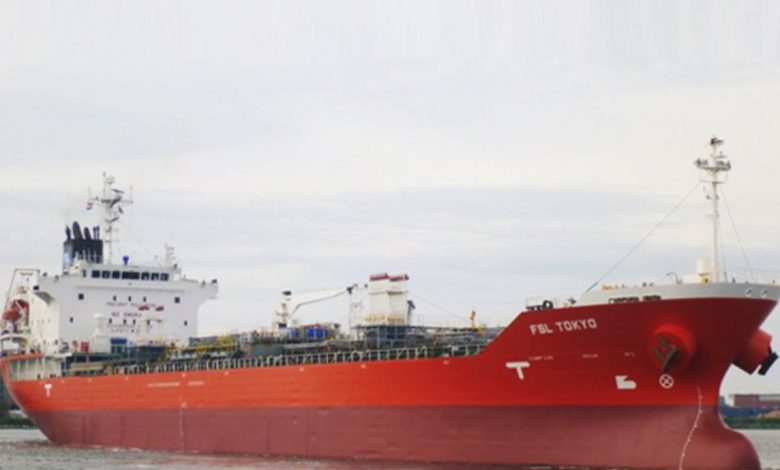Product tanker valuations nosedive

While product tanker earnings soared in the first half of 2020, sale and purchase activity in the sector has slowed to the lowest level since 2016. Data from VesselsValue highlight that in the first five months of 2020 only 2.8m dwt of oil product tankers have changed hands in the secondhand market, a 45% drop compared to the same period last year, an ominous sign according to Peter Sand, BIMCO’s chief shipping analyst, in a new report out this week.
According to Sand, S&P activity, as well as the one-year time charter rate, often serve as better indicators for the strength of the underlying product tanker market.
“The low appetite for secondhand oil product tankers, despite spiking spot earnings, partly indicate that the medium-term outlook remains clouded by uncertainty. This is also indicated by the one-year time MR charter rates that have started to feel the heat in June with substantial declines in a matter of weeks,” the BIMCO report states.
Sand said potential buyers have been “spooked” by the challenges that lurked beyond the boom.
For example, the International Energy Agency (IEA) has forecast that oil demand for the full year of 2020 will decline by 8.1m barrels per day.
This bleak outlook has manifested itself in the S&P market where product tanker sales – which were very popular in 2018 and 2019 – have fallen off a cliff this year.
“Oil product tanker expectations had been set high for the IMO 2020 sulphur cap with shipowners contracting for new tonnage and buying up ships in S&P market, pushing up secondhand prices by 20-25% from 2018 to 2020,” Sand said, noting that canny Greek owners have been the ones to profit most from these sales.
Prices have started to dip in 2020 with the secondhand price for a five-year old MR down by 15.7% year-to-date as of yesterday and Sand predicting further price erosion in the coming months.
